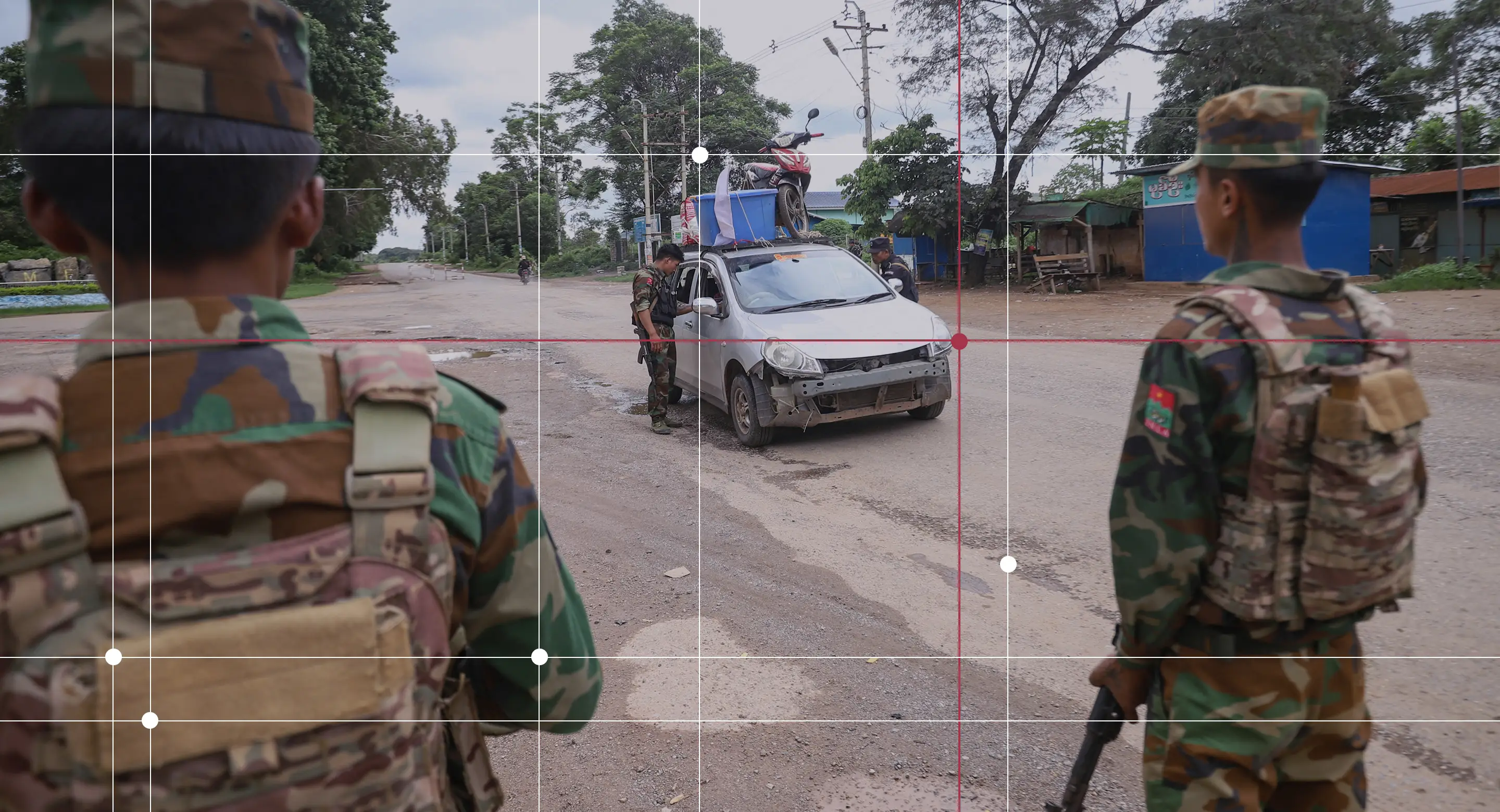
The global criminal landscape is best understood as a dynamic and intricate web made up of a dense network of illicit activities. It reacts to countermeasures and shifting socio-economic and political conditions, which continually shape it. Organized crime is therefore fluid – it adapts to changing contexts, capitalizes on emerging vulnerabilities and exploits the intersections of incoherent governance, economic pressures and technological change. While certain illicit markets, actors and response patterns show remarkable persistence over time, what truly defines the trajectory of organized crime are moments of inflection: the points at which entrenched patterns begin to shift and the criminal ecosystem reorganizes itself.
Historically, such shifts have often unfolded gradually, revealing themselves over long periods. After World War II, the expansion of global trade networks, the geopolitical realignments that followed the end of the Cold War, and the cocaine boom of the 1980s and 1990s each reshaped the contours of organized crime over long periods of time, leaving behind enduring structures and practices that defined the modern underworld. Yet in recent years, they have become more abrupt and fluid, triggered by events such as conflict, technological breakthroughs, economic crisis or the shifts in alliances within an ever-changing multilateral order. The COVID-19 pandemic is a striking example: within months, criminal groups adapted to global restrictions and supply chain disruptions, pivoting into new illicit markets and methods. Such junctures mark points of inflection, when trafficking routes are redrawn, criminal groups consolidate or fragment, illicit markets diversify into new domains, and resilience measures either adapt or fall behind. These moments redefine the scale, scope and impact of organized crime.

This third edition of the Index shows that the world is now at such a juncture. Drawing on five years of accumulated data, the findings show that organized crime has reached a crossroads. Long-standing trends can still be seen, including the persistence and spread of markets such as drug trafficking, human exploitation and financial crime, but they are becoming more nuanced, and are intersecting with macro-level transformations in geopolitics, technology, environmental stress and conflict. These convergences are not only reinforcing existing dynamics, but also generating new forms of criminality that are more adaptive, networked and difficult to counter.
Global criminality and resilience (2023–2025)
The findings are stark. For example, the scores for financial and cyber-dependent crimes have surged since the 2023 edition. These have been propelled by digital transformation, particularly the growing adoption of artificial intelligence. Foreign actors and private sector actors are becoming more prominent, reflecting the growing interconnectedness across borders, and between licit and illicit supply chains. Drug markets, too, are changing: synthetic drugs and cocaine are in ascendancy, while cannabis and heroin are losing ground. These developments are not isolated: they are manifestations of how bigger global trends are reshaping the criminal landscape, expanding its reach and deepening its complexity. And traditional responses to transnational organized crime are being challenged.
What emerges from the analysis of the 2025 Index results is that it is not only levels of criminality that matter, but the shifts themselves – how markets evolve, how actors adapt and how resilience measures change in response. These inflection points are likely to have the greatest influence on how organized crime manifests in the years to come. Building on the past iterations of data, this edition also seeks to demonstrate how future trends in criminality might develop.

Reflecting this, the 2025 Index takes a different approach from its predecessors. While earlier editions provided a comprehensive analysis of global and regional results, this report focuses on capturing the shifts in the criminal landscape at a moment of global inflection.1 Rather than presenting only levels of criminality and resilience, it zooms in on the thematic areas where change has been most pronounced, situating them in the wider geopolitical, technological and financial context – the crossroads at which the world now stands.
To illustrate these transformations, the report highlights five areas in particular:
- 1.The shifting predominance in drug markets.
- 2.A surge in non-violent forms of organized crime.
- 3.The growing trade in counterfeit goods amid an unstable global licit economy.
- 4.The growing influence of foreign and private sector actors.
- 5.The rising pressure on the international cooperation, judicial and detention systems.
Together, these themes show how organized crime is not merely expanding but fundamentally reorganizing. The evidence points to profound changes in the dynamics of the criminal landscape. In this sense, the 2025 Index is intended not only to measure criminality, but also to capture movement to reveal how the criminal ecosystem evolves, adapts and reconfigures itself at moments of global change.
This year’s edition, for the first time, introduces a forecasting component that projects the trajectory of criminality over the next four years. For this, 21 countries were identified based on their positions within the vulnerability matrix and likelihood of reaching over time the benchmark quadrant of low criminality and high resilience (see Figure 22). We then applied the prediction model to these countries to forecast their likely paths. Although the forecasts often point to rising levels of criminality, they also underscore the agency of states, drawing attention not only to projected risks but also to the potential for reforms at the state level that can alter these trajectories.
Meanwhile, complementary analysis examines the relationship between resilience and state-embedded actors, the most influential type of criminal actor across all three iterations of the Index. The findings demonstrate that, even when rising criminality may appear inevitable, states retain considerable capacity to shape outcomes and steer them towards greater resilience and lower criminality. Moreover, as demonstrated by the ensuing analysis, this could be achieved through targeted reforms rather than large-scale institutional overhauls.
While this report presents an analysis of organized crime through a global lens, it will be complemented by a forthcoming series consisting of five briefs that examine continental dynamics in greater detail. Given that criminality and resilience are shaped by specific regional factors, such analysis is critical. The follow-up series is therefore designed to capture regional variations, offering a deeper understanding of how organized crime and resilience manifest in different parts of the world.
Notes
- 1.The country-by-country scores are, however, presented in the appendix.
